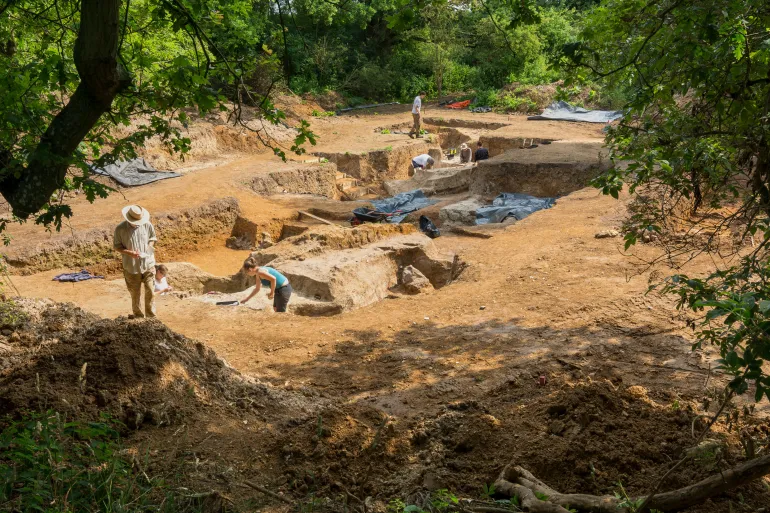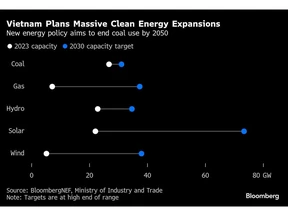Vietnam has unveiled an ambitious revised energy policy, the Power Development Plan VIII, signaling a significant shift towards renewable energy and a firm commitment to phasing out coal power by 2050, Bloomberg reports.
The plan, recently approved by the government, aims to more than double the nation’s total generating capacity by 2030 and increase it nearly ten-fold by 2050 to keep pace with soaring power demand fueled by aggressive economic growth targets.
With a projected GDP growth of at least 8% this year and double-digit growth expected through the decade, Vietnam anticipates a massive surge in electricity consumption. To meet this demand sustainably, the government is aggressively pursuing wind and solar power.
The roadmap targets a staggering 73 gigawatts of solar and 38 gigawatts of wind capacity by 2030. By 2050, the ambition rises even higher, aiming for a colossal 230 gigawatts of wind and 296 gigawatts of solar. These targets, however, are being met with skepticism from analysts who believe they are overly optimistic. BloombergNEF, for example, forecasts a significantly lower capacity of around 32 gigawatts of solar and 12 gigawatts of wind by 2030.
Currently, Vietnam’s power generation is heavily reliant on coal, accounting for nearly half its energy production. The government, however, is determined to transition away from this polluting fuel. In 2022, Vietnam signed a multi-billion dollar agreement with the US and other international entities to accelerate this transition.
The updated energy plan calls for the construction of a limited number of new coal power plants through the end of the decade, with a critical caveat: these plants are slated to be retrofitted to burn biofuels or ammonia by 2050, effectively rendering them coal-free.
In the near term, natural gas is expected to play a larger role in Vietnam’s energy mix. The plan envisions a more than five-fold increase in natural gas capacity by 2030, primarily fueled by imported liquefied natural gas (LNG). However, BloombergNEF notes that the pipeline for these gas-powered projects is currently behind schedule.
The plan also includes a foray into nuclear power, with the country aiming to bring its first nuclear power plants online between 2030 and 2035.
Adding another dimension to its energy strategy, Vietnam hopes to capitalize on regional energy trade, aiming to become an electricity exporter to neighboring countries like Cambodia, Malaysia, and Singapore. This initiative is aligned with a growing trend of cross-border power deals in Southeast Asia.
The ambitious Power Development Plan VIII represents a bold step towards a cleaner energy future for Vietnam.










The latest news in your social feeds
Subscribe to our social media platforms to stay tuned